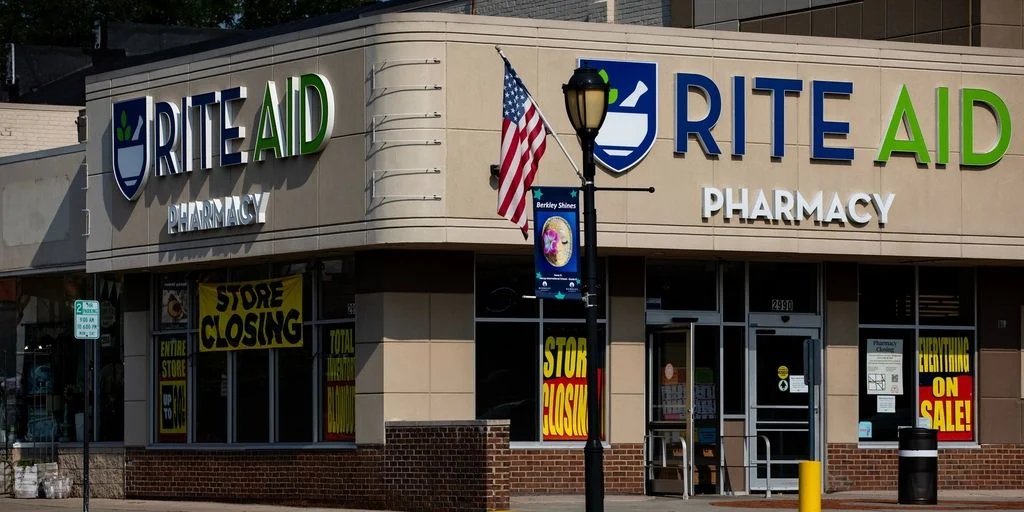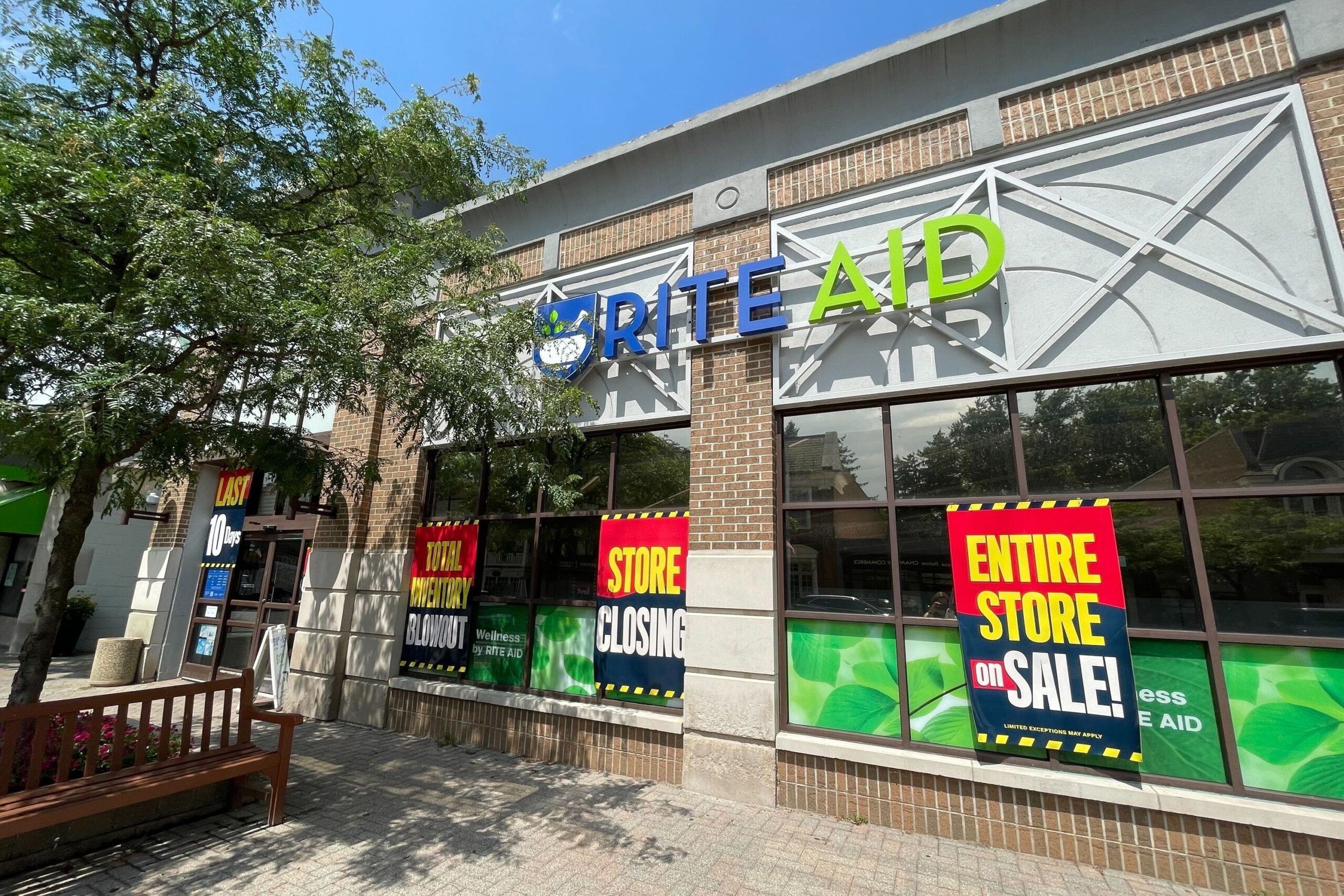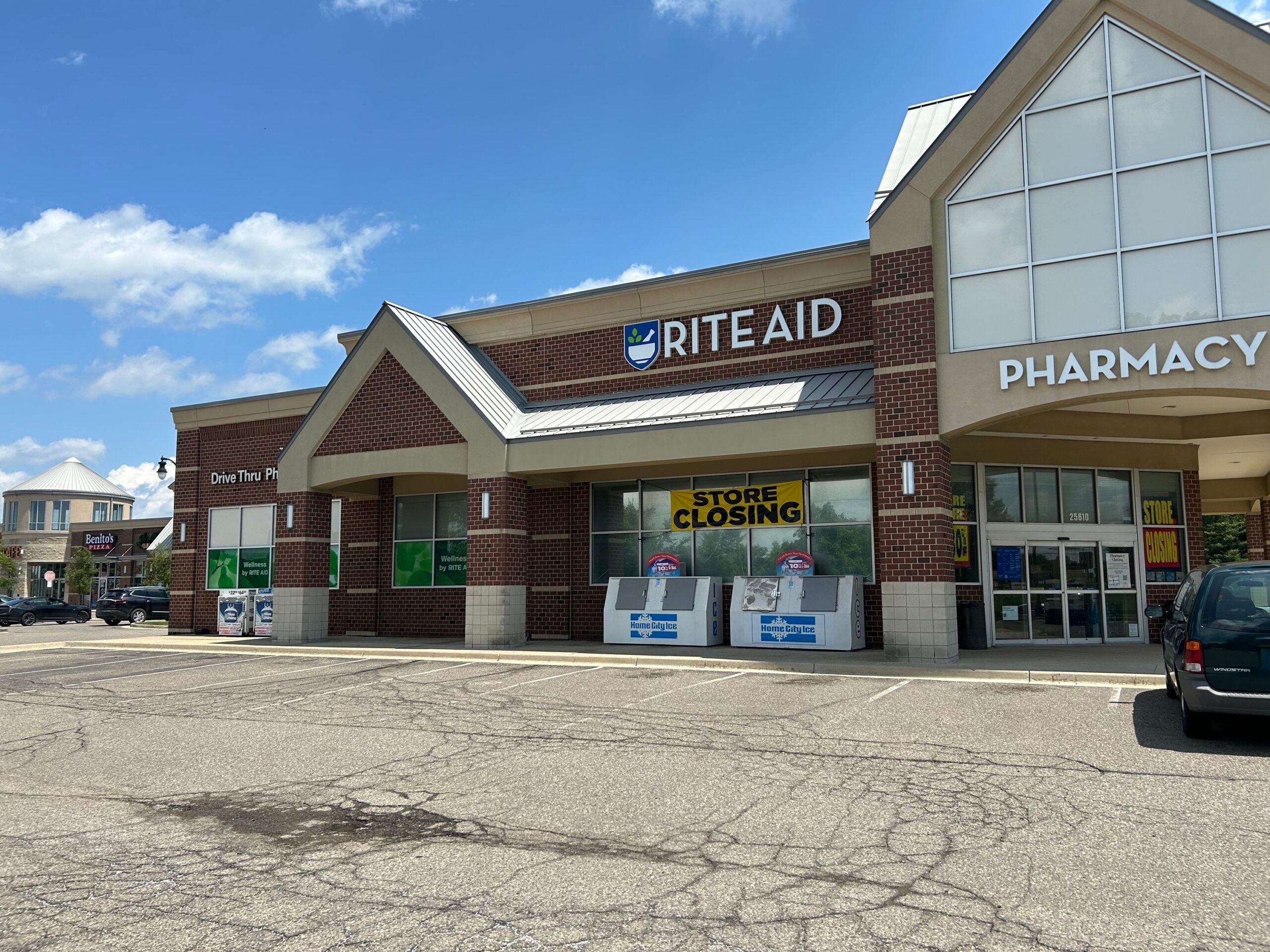So some new occupants have swooped in, to be sure.
Those that are unable to secure a single user — whoever it may be — can be carved up for multiple tenants, although that’s a really difficult prospect for a host of reasons.
The buildings tend to be deeper than wide, limiting the amount of store frontage for users, Bistolarides said.
And carving up itself for multiple tenants can also be a costly proposition, and result in layouts that are not ideal for prospective users, said Jason Miller, chief investment officer with Farmington Hills-based developer and landlord Grand/Sakwa Properties LLC.
“You’ll probably see a handful of those converted to multi-tenant, but it’s not going to be easy and it’s going to be expensive,” Miller said.
Adding windows and plumbing, for example, isn’t cheap. And while the parking lots for a single Rite Aid may have been sufficient, they may not be for a converted building for multiple users.
To the good, however, the existing drive-thru windows previously used for prescription pick-up them make them candidates for things like restaurants and coffee shops, said Bistolarides.
Yet they are usually in the back of the Rite Aid buildings, Ciotti said, further complicating the matter and limiting the drive-thru tenant’s visibility.
In addition to things like dollar stores and auto parts shops, car washes and urgent care facilities, Jonna said there has been a “behind the scenes feeding frenzy” by gas station operators looking to scoop up Rite Aid sites not only because of the fundamentals — vehicles per day passing the site, signalized intersections and the like — but also because of liquor licenses.
CoStar Group Inc., a Washington, D.C.-based real estate information service, reported last month that in addition to drug stores themselves — not just Rite Aid but also competitors like Walgreen’s and CVS — other primary owners of drug store buildings are individual investors, real estate investment trusts and family offices because they generate steady income and typically don’t need much involvement from the landlord.





